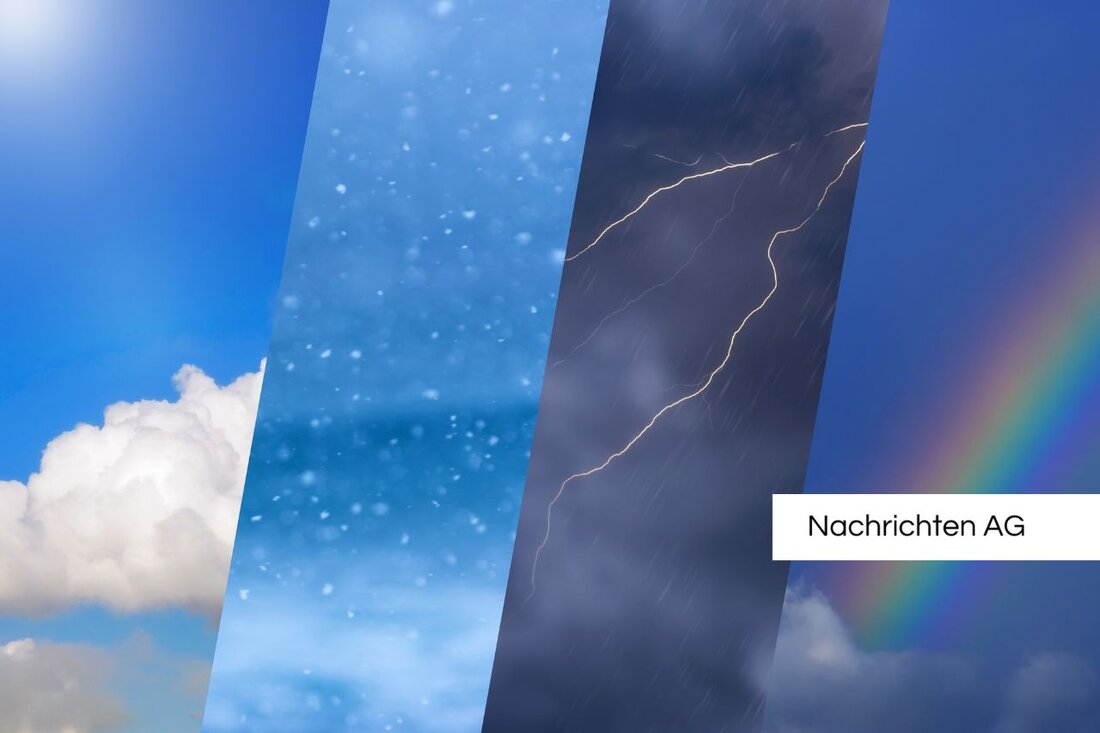Heat wave strikes: Austrians experience extremely hot summer days!
Heat wave in Austria brings temperatures over 35 degrees. Meteorologists are warning of an unusually high number of hot days this season.

Heat wave strikes: Austrians experience extremely hot summer days!
On June 24, 2025, Austria recorded its hottest June to date, with temperatures exceeding national borders. On June 23rd, an outstanding temperature of 36.8 degrees was measured in St. Andrä im Lavanttal, Carinthia, which goes beyond the usual standards. Meteorologist Martin Templin from Ubimet says that this measurement could possibly be an error, as 15 hot days have already been recorded this year. In Rechnitz, Burgenland, the thermometer rose to 35.3 degrees on Monday, very close to last summer's highs.
The upcoming heatwave is expected to bring temperatures of over 30 degrees into next week. Wednesday and Thursday in particular could meet the definition of “desert days” with values above 35 degrees. On Friday, however, cooler temperatures between 25 and 30 degrees are in prospect, accompanied by possible thunderstorms in the first half of the day. The following weekend it could be scorching hot again with temperatures of up to 35 degrees.
Extreme heat and its causes
In 2024, Austria reached a record 52 hot days in Vienna and 48 in Eisenstadt, marking the warmest year in the last 250 years. The long-term average from 1961 to 1990 measured only ten hot days per year. Templin points out that the nine hot days in June are exceptionally high for Vienna. This heat wave is currently caused by an Azores high that is bringing high temperatures across most of Europe.
What does this mean for the future? According to the second Austrian assessment report on climate change, prepared by more than 200 scientists, temperatures in Austria have risen by around 3.1 °C since 1900 - more than twice the global average. This increase in temperature goes hand in hand with an increase in extreme weather events such as heat and drought.
Effects and steps for action
Measures should be taken to counteract the negative consequences for health, infrastructure and agriculture. Austrian Environment and Climate Minister Norbert Totschnig emphasizes the need to act energetically. He has announced the urgency of a new climate law to develop a comprehensive strategy to combat climate change. Scientists recommend expanding public transport, promoting the renovation of buildings and protecting wetlands in order to counteract climate change.
Amid this heated debate, international trends are also becoming clear. The Azores, for example, have a milder climate: for travelers, the best time to travel is from June to September, with stable weather conditions and pleasant temperatures between 19 and 25 degrees. The mild climate and natural beauty make the Azores a perfect destination, especially for hikers and nature lovers. When the forests are shrouded in fog, the coast is usually sunny and clear, which makes island hopping attractive.
Given record temperatures, climate change and the need to deal with these realities, the challenge for Austria and the world is clear: we must act before the heat overshadows everything.
Sources of this information include the courier, the Travel climate and the BMLUK.

 Suche
Suche
 Mein Konto
Mein Konto